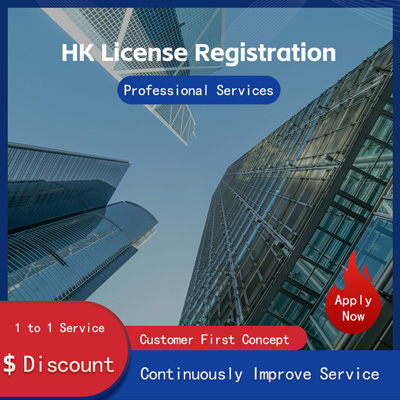
What Does Last-Mile Cost Include?
What does the tail-end logistics cost include?
In the field of modern logistics, the tail-end refers to the last leg of the transportation process from the distribution center or collection point to the end consumer. Although this step may seem simple, its cost structure is very complex and involves multiple aspects. The level of tail-end costs directly affects logistics efficiency and user experience, and understanding the specific composition of tail-end costs is of great significance for enterprises to optimize supply chain management.
The main components of tail-end costs include the following
Firstly, there is transportation cost. This is the most obvious part of tail-end costs. With the increasing complexity of urban traffic conditions, especially in large cities, the passage time and fuel costs for logistics vehicles are increasing. For example, due to the existence of traffic restrictions in megacities like Beijing and Shanghai, logistics companies often need to adjust delivery times, which undoubtedly increases operational difficulty and costs. Fluctuations in fuel prices also have a direct impact on transportation costs. According to a certain e-commerce platform, to cope with the pressure brought by rising oil prices, they are trying to promote new energy logistics vehicles and cooperate with multiple oil companies to launch discounted fuel programs to reduce overall transportation costs.
Secondly, there are warehousing and sorting costs. Although the tail-end emphasizes the last mile, in many cases, goods still need to go through brief storage and precise sorting operations before they can be smoothly delivered to consumers. Especially during e-commerce promotional festivals, the surge in order volumes requires temporary increases in manpower in warehouses for rapid processing, which not only raises labor costs but may also lead to additional expenses due to negligence, such as misdelivery issues. Data shows that during the Singles' Day shopping festival, some courier companies' sorting centers can handle tens of thousands of packages per hour, posing extremely high demands on human resource allocation.
Thirdly, there are wages and related welfare expenditures for end delivery personnel. With the growing awareness of protecting workers' rights in society, the basic wage levels for couriers continue to rise, and companies must also provide social insurance contributions and accommodation subsidies. Statistics show that the monthly income of ordinary couriers in first-tier cities is approximately 8,000 to 12,000 yuan, while it is relatively lower in remote areas. However, even so, the courier industry still faces recruitment difficulties, particularly during summer heat waves or winter cold periods, when many young people are unwilling to take on this job. This prompts companies to raise salaries to attract talent.
Finally, there are loss and insurance costs. In actual operations, there will inevitably be incidents of damaged or lost goods, which will result in economic losses for merchants. Most merchants choose to purchase commercial insurance as one of the risk prevention measures. It should be noted that different types of insurance products have significant pricing differences, depending specifically on the insured value of the goods and the transport distance. Additionally, to reduce the probability of losses, some companies strengthen packaging design, such as using more robust materials for outer boxes or adopting vacuum compression technology to reduce volume occupancy, among other methods.
In summary, tail-end costs cover multiple dimensions including transportation costs, warehousing and sorting costs, wages and related welfare expenditures for end delivery personnel, and loss and insurance costs. Faced with increasingly fierce market competition, how to effectively control these costs has become an important issue for every practitioner. In the future, with the development of artificial intelligence technology, solutions such as unmanned delivery robots are expected to gradually become popularized, thereby helping to alleviate manpower burdens and improve operational efficiency. At the same time, relevant departments are actively introducing policies to support green and low-carbon development models, encouraging companies to adopt environmentally friendly transportation tools in market competition. It is believed that over time, the operating costs of the entire industry will be effectively alleviated.

Helpful (0)
No help (0)
Still have questions after reading? More than 98,000 users have contacted us. Please fill in the following information to obtain business information.

Service Scope
MoreRecommended for You
- A Crucial Step in Trademark Registration Why You Can't Skimp on CR Fee
- How Much Does It Cost to Register a Trademark in the U.S.? A Clear Breakdown of Fees!
- Want to Register a Trademark in the U.S.? Master These Key Steps to Launch Your Brand Smoothly!
- How to Apply for a US Trademark? 10 Key Tips to Nail It in One Go!
- How to Successfully Register a Trademark in the U.S. for a Singapore Co. A Practical Guide
- How to Apply for a US Trademark After Registering a Company in Singapore? A Detailed Guide on Costs and Process
- A Comprehensive Analysis of US Companies Registering Trademarks in China How Much Do You Know?
- Guide to Registering a U.S. Trademark for Singapore Businesses Costs, Process Practical Tips
- How to Register a Trademark in the U.S. for a Shenzhen Company? Here's a Complete Guide!
- U.S. Trademark Registration Guide Step-by-Step Process Key Considerations
- Things to Know About U.S. Trademark Registration Is a Business License Needed? Cost Breakdown Here
- Shenzhen Startups Must Read US Trademark Registration Requirements Process Explained
- How to Register a Company and Apply for a Trademark in the U.S. What Documents and Procedures Are Needed?
- How to Easily Register a Company Trademark in the U.S. and Hong Kong - A Detailed Guide!
- 7 Key Tips You Must Know to Apply for a Trademark in the U.S.
- Do You Need a Trademark to Establish a Subsidiary in Hong Kong? A Deep Dive into Why This Step is Crucial
- Hong Kong Trademark Registration Costs Explained Boosting Business Globalization
- Trademark Registration in the U.S. Company or Individual? Let's Find Out!
- How to Register a Chinese Trademark in the U.S.? A Complete Guide with Practical Tips
- U.S. Trademark Registration Costs Explained All You Need to Know!


 ONE
ONE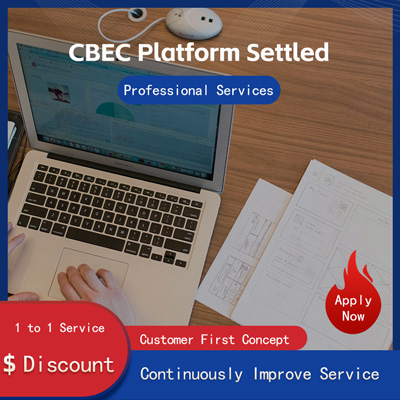
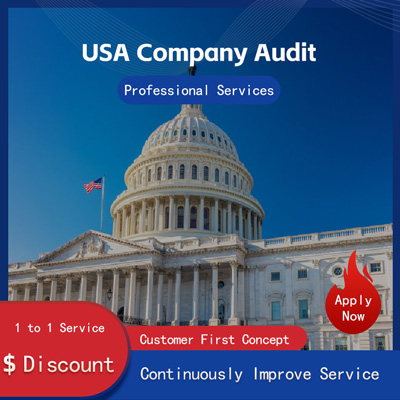


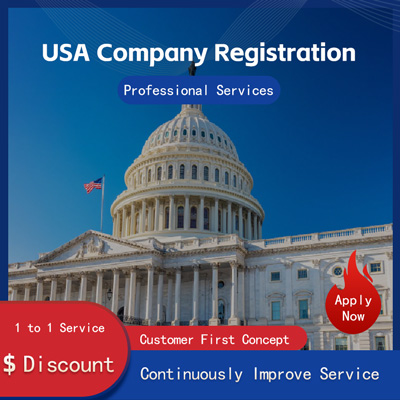

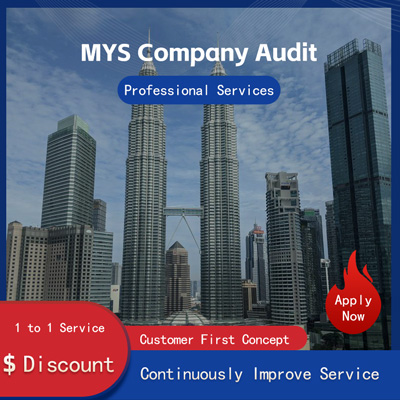
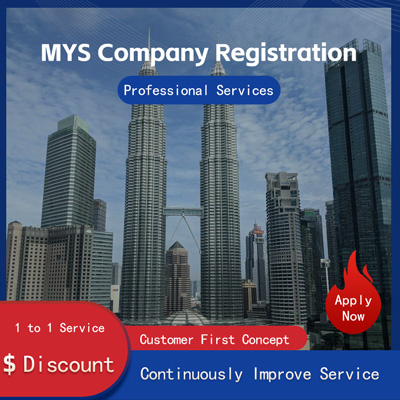
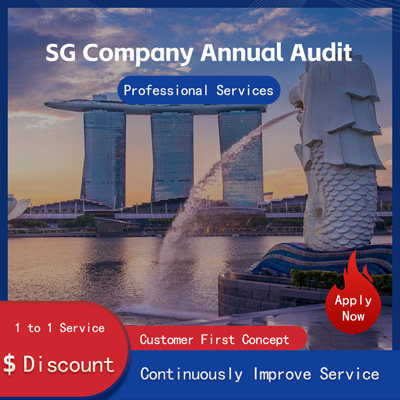
Customer Reviews
Small *** Table
December 12, 2024The experience was very good. I was still struggling to compare it with other companies. I went to the site a few days ago and wanted to implement it as soon as possible. I didn't expect that everything exceeded my expectations. The company is very large, with several hundred square meters. The employees are also dedicated and responsible. There is also a wall of certificates. I placed an order on the spot. It turned out that I did not make a wrong choice. The company's service attitude is very good and professional. The person who contacted me explained various things in detail in advance. After placing the order, the follow-up was also very timely, and they took the initiative to report the progress to me. In short, I am very satisfied and recommend this company!
Lin *** e
December 18, 2024When I first consulted customer service, they recommended an agent to me. They were very professional and patient and provided excellent service. They answered my questions as they came in. This 2-to-1 service model is very thoughtful. I had a lot of questions that I didn’t understand, and it’s not easy to register a company in Hong Kong. Fortunately, I have you.
t *** 7
December 19, 2024I originally thought that they only did mainland business, but I didn’t expect that they had been doing Hong Kong business and were doing very well. After the on-site interview, I decided to ask them to arrange the registration of my Hong Kong company. They helped me complete it very quickly and provided all the necessary information. The efficiency was awesome. It turns out that professional things should be done by professionals.👍
b *** 5
December 16, 2024In order to register a company in Hong Kong, I compared many platforms and stores and finally chose this store. The merchant said that they have been operating offline for more than 10 years and are indeed an old team of corporate services. The efficiency is first-class, and the customer service is also very professional.